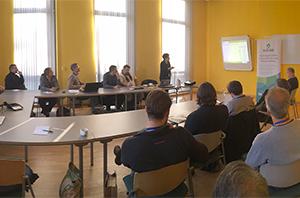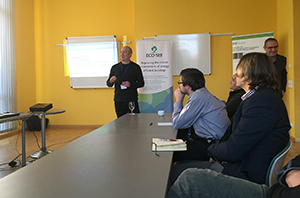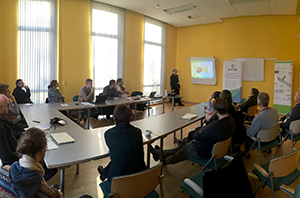IEQ Cluster
Indoor Environment Quality
Occupant’s health, wellbeing and also productivity are relying on the indoor air quality of our built environment. Renovated and new low energy buildings, developed to be highly airtight, are demonstrating unforeseen shortcomings with regards to increased relative humidity levels and higher concentration of air pollutants. Reduced air exchange rates increase these problems and are likely to cause damp problems and condensation resulting in mould growth, and, in the worst case, in disorders and outbreak of allergic reactions.
To overcome these difficulties, dwellings nowadays are fitted out with mechanical ventilation systems despite associated constraints such as space requirements, additional costs, system maintenance as well as compromised occupant comfort and control. The main criteria for ventilation are as following:
- Control of indoor air humidity;
- Absence of harmful substances;
- Provision of fresh air
The cluster projects BRIMEE, CETIEB, ECO-SEE, H-House, INTASENSE as well as OSIRYS are developing different solutions to improve the indoor environmental quality for residential buildings.



